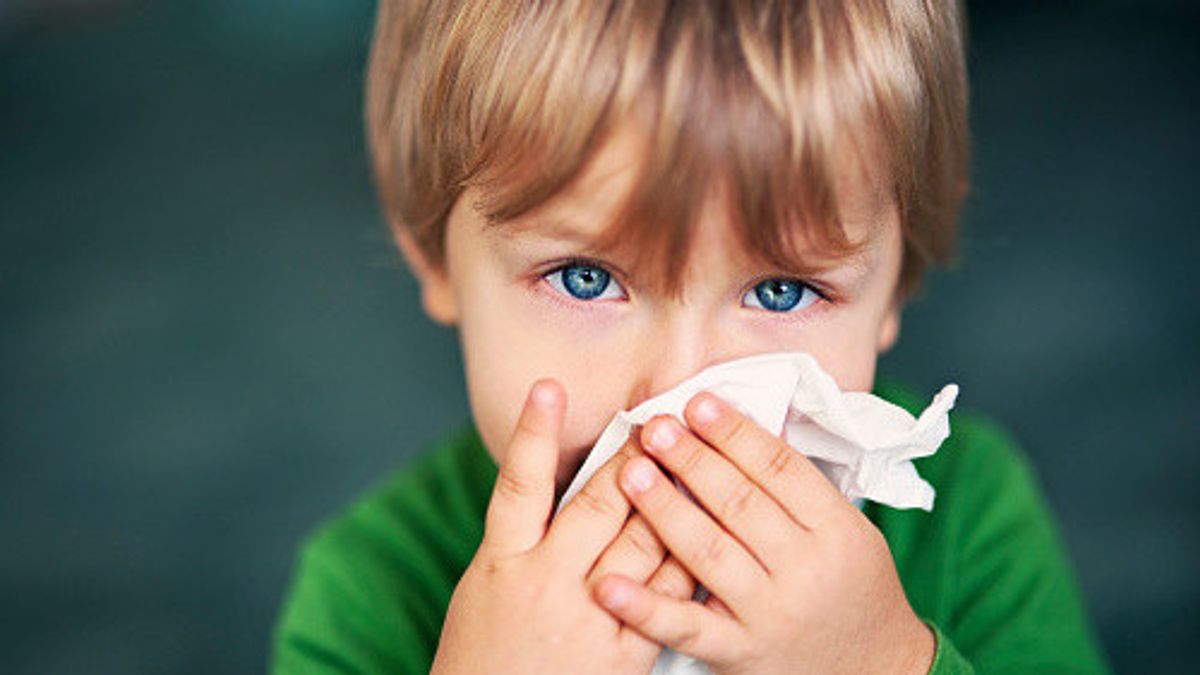YOGYAKARTA – Colds and sneezing due to allergies or the common cold are difficult to distinguish. Because the symptoms are the same, such as experiencing sneezing, coughing, and sore throat. To recognize the difference, you need to recognize them in detail.
According to an allergist and immunologist at Columbia Allergy, Sanjeev Jain, MD., recognizing the difference between allergies and the common cold has to do with proper treatment. If children have allergies, it occurs when they are exposed to certain substances or allergens. When an allergen enters, their immune system produces antibodies and histamine to counteract the threat. It elicits a sneezing response, runny nose, itchy eyes, and other allergy symptoms.
"Seasonal allergies are often caused by an increase in pollen counts from certain plants in your area," explains Dr Jain.
Allergy triggers can vary. Depends on the season, but also includes weeds, grasses, certain trees, and some fungi.
"On the other hand, year-round allergies are often associated with indoor allergens such as cat and dog dander, dust mites, mold and cockroaches," adds Jain.

Symptoms of allergy include a runny nose with clear and watery mucus, nasal congestion, headache, mild sore throat, cough, itchy, watery and red eyes, itchy nose, worsening of asthma symptoms, and dark circles under the eyes.
The difference is, colds tend to be followed by fever which is rarely experienced when allergic. Other symptoms include headache, sore throat, hoarseness, and nasal congestion.
When experiencing allergies, usually the symptoms will be patterned. The cause can also be identified, for example due to pollen, grass, trees, and weeds. This usually happens frequently in certain geographic locations.
For example, a child with a ragweed allergy will experience sneezing, sobbing, and itchy eyes every time they are exposed to it. Allergies due to indoor allergies can occur all year round.
Allergies can last for weeks or months. While colds, lasts for 10-14 days.
"Children under the age of 6 tend to have an average of six to eight colds per year, and older children an average of twice per year," Jain added.
The virus that causes the common cold, replicates until a child's immune system fights it off. For this reason, the symptoms of the common cold tend not to vary even if they vary in severity. Well, seasonal allergies tend not to appear during the winter. The difference is, the common cold is often experienced during lower temperatures.
"The common cold is more likely to occur during the fall and winter, where seasonal allergies tend to be less common during the winter," Jain said.
That is the difference between a sneeze and a runny nose due to allergies or the common cold, among others, differentiated by the cause, what happens to the immune system, the effects of the environment and seasons, and the length of time it is experienced.
The English, Chinese, Japanese, Arabic, and French versions are automatically generated by the AI. So there may still be inaccuracies in translating, please always see Indonesian as our main language. (system supported by DigitalSiber.id)













